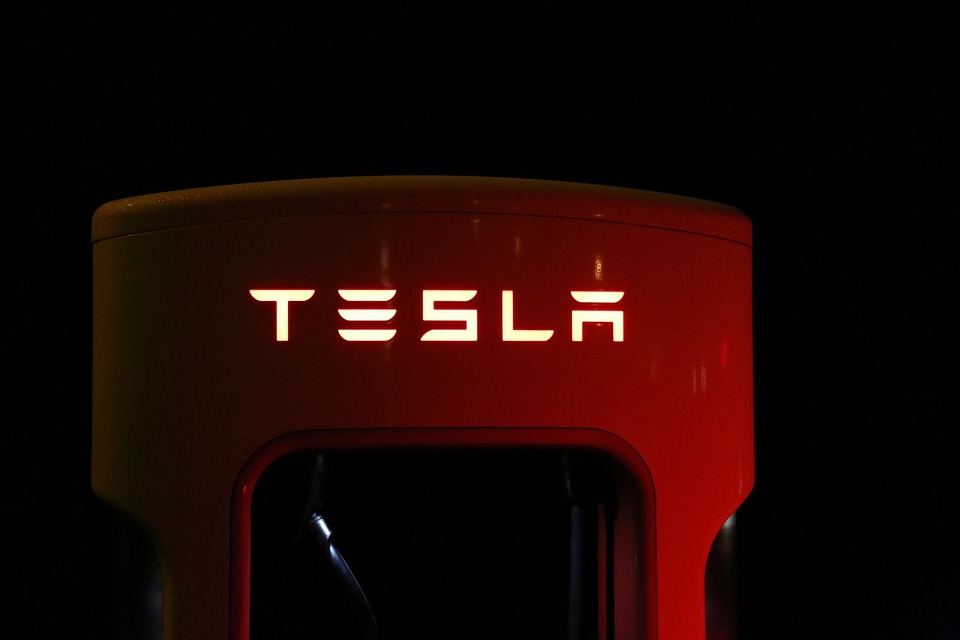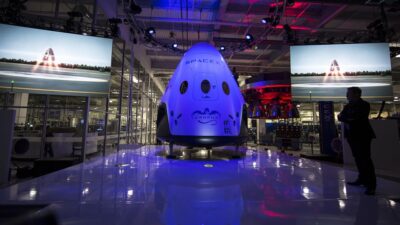As the sun sets on the era of gasoline-powered vehicles, electric vehicles (EVs) stand as the forefront of automotive innovation. Tesla has long been the market leader, championing a vision of sustainable transportation that has captured the imagination of consumers and investors alike. However, as competition intensifies and global dynamics shift, critical questions arise: Can Tesla maintain its lead in the rapidly evolving electric vehicle market?
The Current Landscape of the EV Market
Tesla, founded in 2003 by Elon Musk and a visionary team, quickly established itself as a pioneer in the EV sector. With models like the Model S, Model 3, Model X, and Model Y, Tesla has made significant inroads into the automotive market, boasting strong sales, robust software, and a dedicated charging network. As of 2021, Tesla commanded about 20% of the global EV market share, reflecting its dominance.
Yet, the landscape has changed dramatically in recent years. Traditional automakers, including Ford, General Motors, Volkswagen, and newcomers from China such as NIO and BYD, have poured billions into their EV efforts. They are unleashing a wave of new models that cater to various consumer needs, from budget-friendly options to high-end luxury vehicles. This influx of competition poses a serious threat to Tesla’s market share.
Competitive Innovations
The traditional automotive giants, having once lagged behind Tesla in innovation, are rapidly closing the gap. Companies are adopting new technologies in battery manufacturing, autonomous driving, and sustainable materials that promise to match or even exceed Tesla’s offerings.
-
Battery Technology: The race for superior battery technology is fierce. Tesla’s Gigafactories have supplied a significant competitive advantage, but companies like CATL and LG Energy Solutions are stepping up to deliver high-performance batteries with improved range and efficiency.
-
Price Competition: Many new entrants are targeting Tesla’s price points. For example, Ford’s Mustang Mach-E and Volkswagen’s ID.4 have emerged as formidable competitors by offering attractive pricing and features that resonate with consumers.
- Charging Infrastructure: Tesla’s Supercharger network is a key asset, enabling long-distance travel and alleviating range anxiety. However, charging infrastructure is becoming more standardized and widespread, with automakers joining forces to create a robust network that could diminish Tesla’s unique advantage.
Regulatory and Geopolitical Challenges
Tesla’s success isn’t just a product of superior engineering and marketing; it’s also intertwined with government policies and regulations. However, as countries worldwide ramp up their EV adoption incentives, compliance and adaptation can present challenges.
-
Regulation Variability: Governments are evolving their regulatory frameworks, which can complicate manufacturing and pricing strategies for Tesla. Changes in tax incentives, tariffs, and emissions regulations can directly affect Tesla’s pricing and market strategy.
- Geopolitical Tensions: With significant operations in China and Europe, Tesla could face risks from geopolitical conflicts that disrupt supply chains or alter market access. The ongoing tensions between the U.S. and China around trade could pose particular threats to Tesla’s manufacturing and sales in important markets.
Environmental Concerns and Sustainability Practices
As scrutiny surrounding climate change increases, consumers are becoming more environmentally conscious regarding their purchases. Tesla has promoted itself as an environmentally friendly alternative to gasoline-powered cars, yet it faces challenges in ensuring sustainable practices throughout its supply chain.
-
Supply Chain Scrutiny: The source of rare materials for batteries, especially lithium and cobalt, is under increasing scrutiny. Tesla must ensure it operates ethically, as failing to maintain sustainability could impact its brand and appeal.
- End-of-Life Solutions: Tesla, like other automakers, is grappling with how to manage EV battery recycling and disposal. A robust plan for battery life-cycle management is essential to uphold its commitment to sustainability.
The Road Ahead
Tesla finds itself at a pivotal moment in its journey. With an array of challenges ahead, maintaining its lead in the EV market will require continued innovation, adaptability, and aggressive expansion strategies.
-
Continued Innovation: To stay ahead, Tesla must invest in technology beyond just vehicles, including advancements in AI, software, and renewable energy solutions that complement its EV offerings.
-
Global Manufacturing: Expanding manufacturing capabilities globally, including entering emerging markets with a strong demand for EVs, can enable Tesla to capture a larger share of the market while mitigating geopolitical risks.
- Strategic Partnerships: Collaborations with tech firms for software and battery innovation, as well as alliances with charging infrastructure companies, can help diversify Tesla’s offerings and customer reach.
In summary, while Tesla stands as a leader in the electric vehicle market, the landscape is rapidly changing. By addressing these challenges head-on, Tesla can not only maintain its lead but also shape the future of sustainable transportation. The coming years will be critical as both old and new challengers vie for dominance in a space that continues to evolve at lightning speed.



